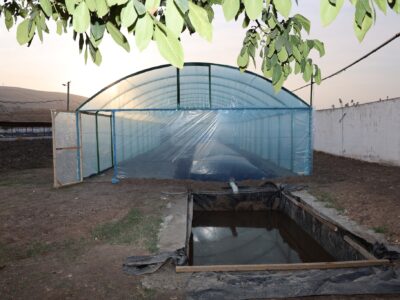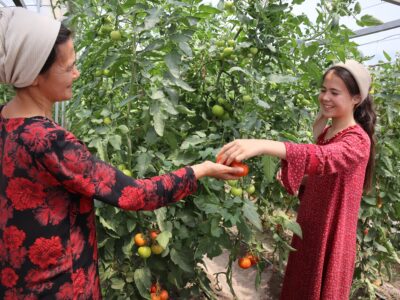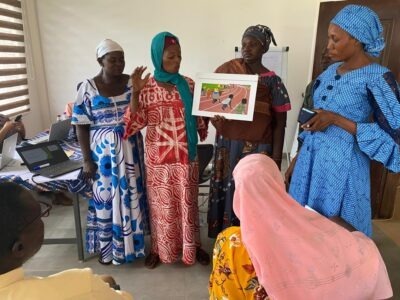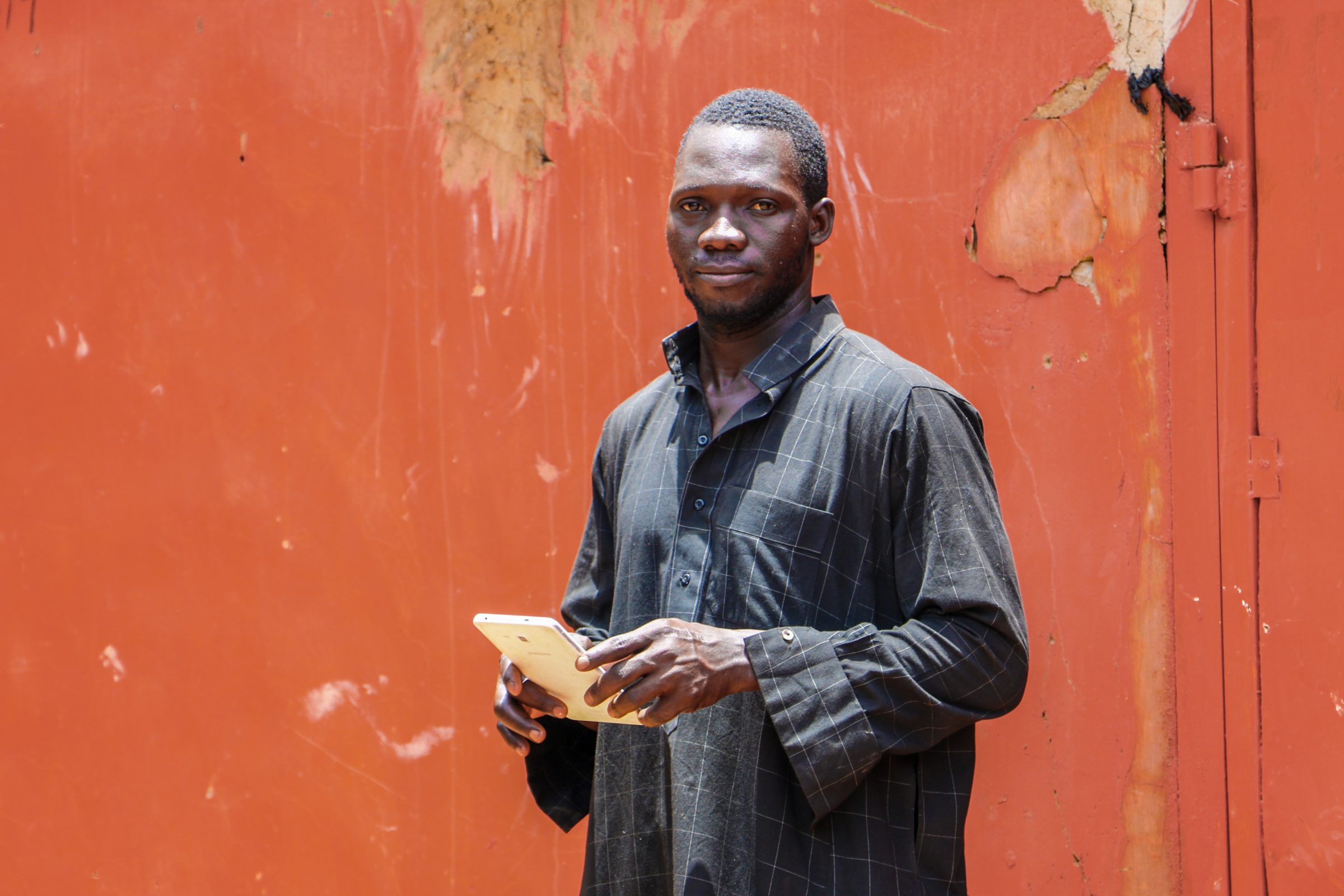
Sulley Adams, 28, is an outgrower business owner living in Lagbensi, a village in the East Mamprusi District of Ghana’s Northern Region.
In 2015, Sulley defied the notion that farming is not a profession for the young and educated and took over his father’s farm to manage as a business. He first began managing his father’s 130-acre soybean farm after graduating from high school and decided to also start growing some maize.
Soon after, he got involved with USAID’s Agricultural Development and Value Chain Enhancement II (ADVANCE II) Project, implemented by ACDI/VOCA, as one of 40 smallholder farmers who received training. Sulley learned about row planting, post-harvest handling, proper recordkeeping, and how to apply fertilizer and agrochemicals. By 2019, he had progressively cultivated an 85-acre maize farm.
Sulley is now an outgrower business owner, working with 345 smallholder farmers, 40 percent of whom are women, who cultivate 1,380 acres of land throughout 10 communities in the district. He provides his outgrowers with services and agro-inputs, such as plowing, fertilizer, and improved hybrid seeds.
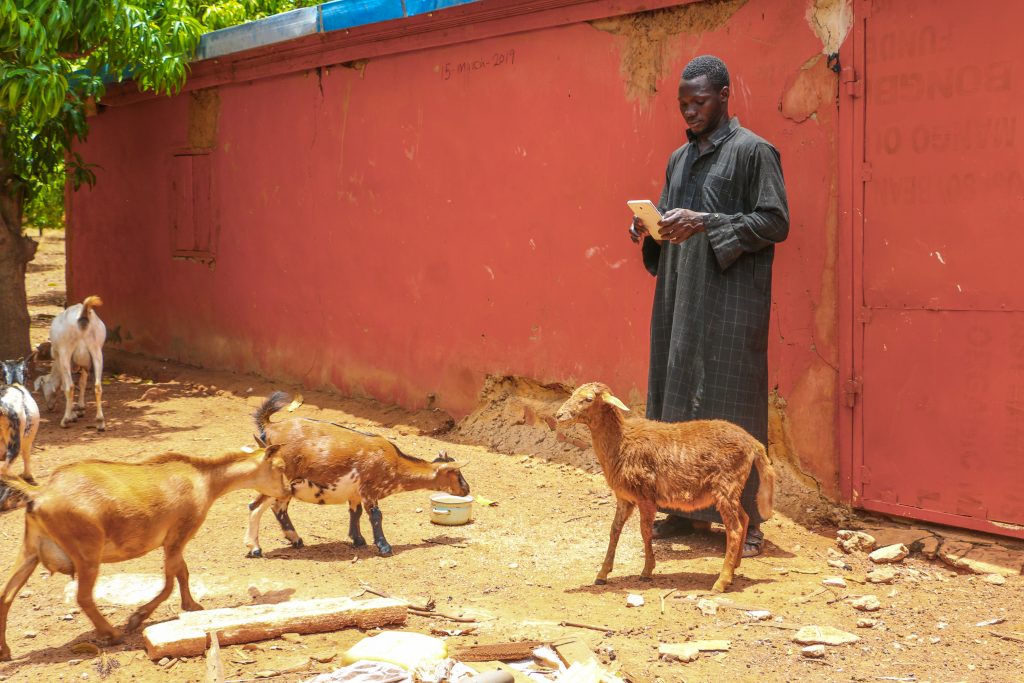
“I assess the farmers, profile them, then I do my own investigations and visit their farms unannounced to see the realities on the ground because I want them to succeed so that I can also succeed.” — Sulley Adams, a 28-year-old outgrower business owner
Sulley received a tablet from USAID’s ADVANCE II Project that he uses to profile the farmers he supports and teach them good agronomic techniques. Using the tablet, he subscribes to Esoko, a mobile and web platform for managing a business, and Ignitia Ghana, a tropical weather forecasting service.
Through these applications, he receives weekly SMS messages with weather information, agronomic tips, commodity prices, and more that he shares with his farmers to help them schedule their farming activities.
Because of the technology and training that Sulley received through USAID’s ADVANCE II Project, his farmers are realizing higher yields of their crops and can pay Sulley for his services. Before participating in trainings, Sulley said his farmers produced about two metric tons per hectare of maize and less than 1 metric ton per hectare of soybean.
“Most of my farmers, especially the men, could not repay their credit,” Sulley said. “But now, with the improved seeds and good agronomic practices, they are able to produce four and a half metric tons per hectare of maize and nearly two metric tons per hectare of soybean.”
The growth Sulley’s farming business has allowed him to also invest in the rearing of livestock and establishing a mango plantation. He can now pay for his younger siblings’ education and currently mentors six young men who assist him in supporting hundreds of farmers.
Learn more about USAID’s Agricultural Development and Value Chain Enhancement II (ADVANCE II) Project.
Learn more about our work in Ghana.

